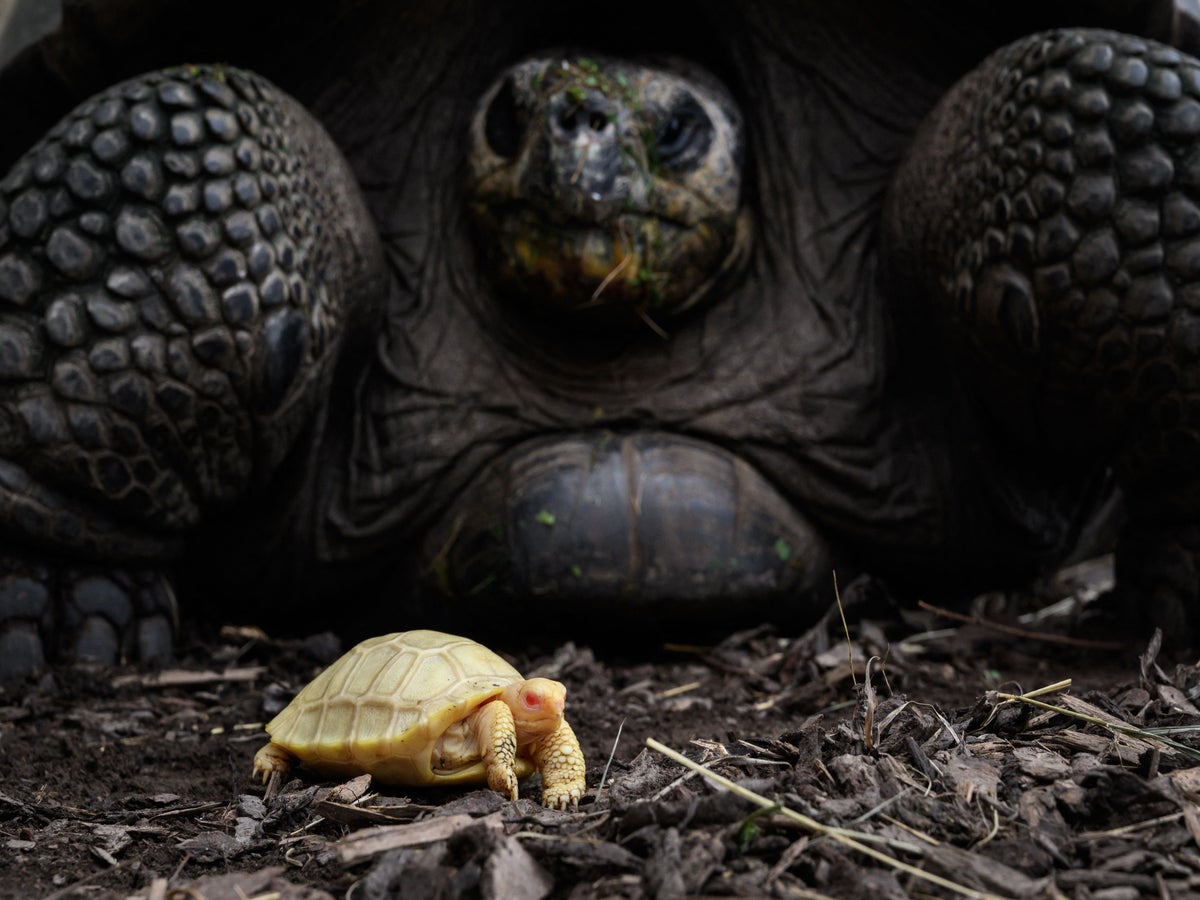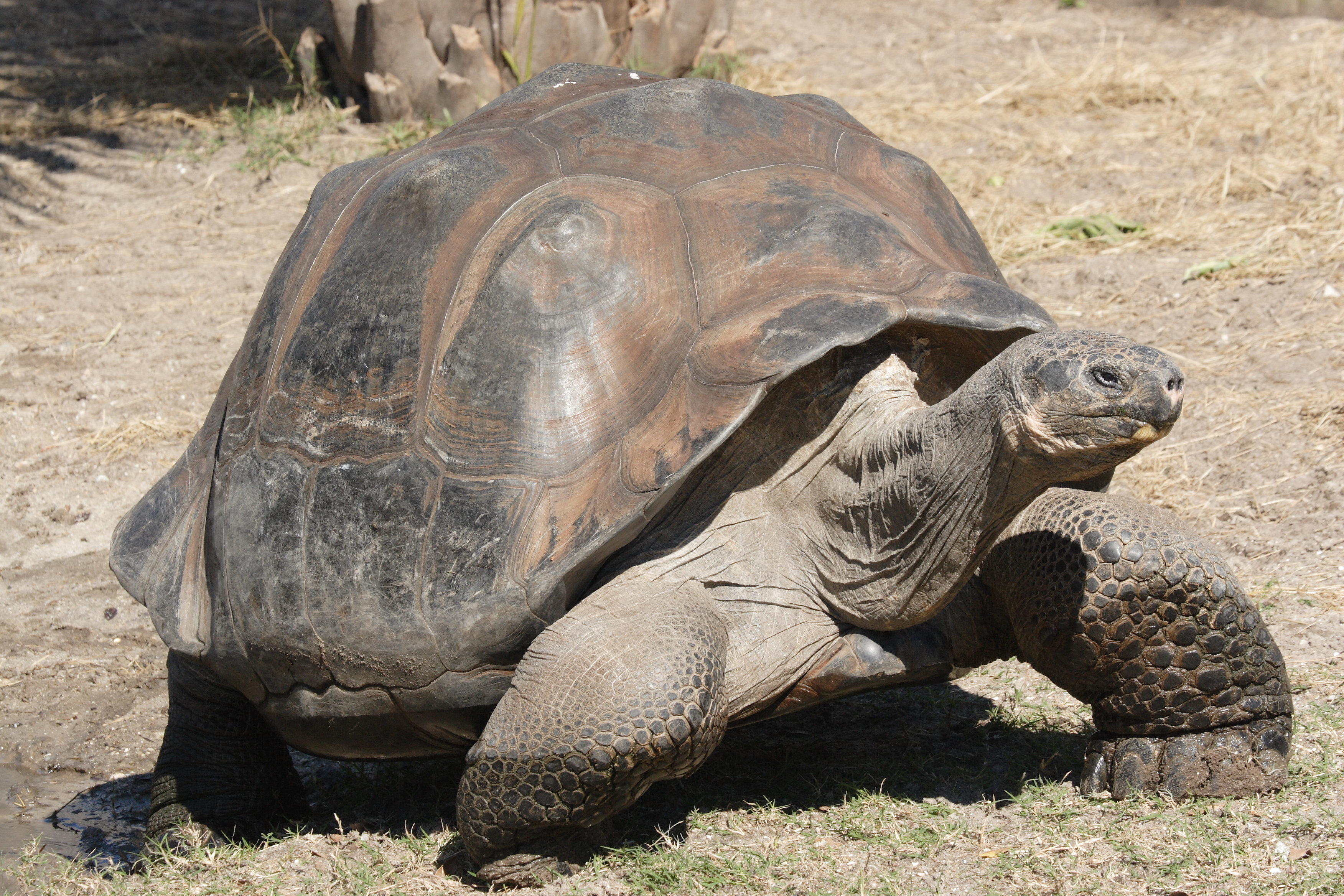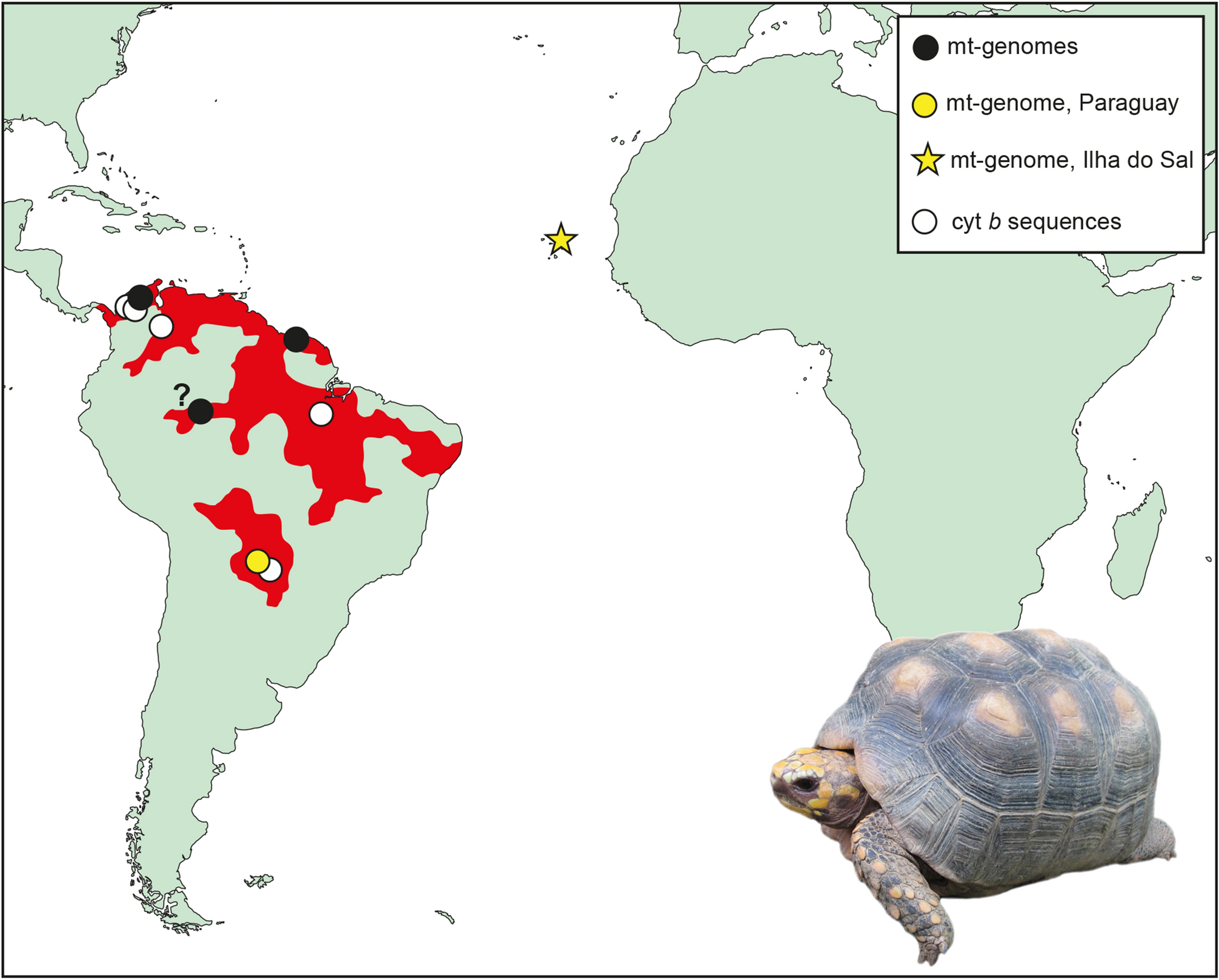Before humans arrived, giant tortoises occurred on many islands in the western Indian Ocean. In new research, Professor Uwe Fritz from the Senckenberg Natural History Collections and colleagues aimed to decipher their diversity and biogeography. Their results suggest that the ancestor of the extinct Mascarene tortoises spread from Africa in the Eocene to now-sunken islands northeast of Madagascar. From these islands, the Mascarenes were repeatedly colonized. Another out-of-Africa migration produced on Madagascar giant, large, and small tortoise species. Two giant and one large species disappeared 1,000 to 600 years ago, the latter is new to science.

Top – Madagascar, from left to right: Aldabrachelys abrupta, Aldabrachelys grandidieri, Pyxis planicauda, Pyxis arachnoides, Astrochelys rogerbouri (new species), Astrochelys yniphora, and Astrochelys radiata. Center – Granitic Seychelles (extinct), Aldabra, Aldabrachelys gigantea. Bottom – Mascarenes, from left to right: Cylindraspis indica (Réunion), Cylindraspis inepta, Cylindraspis triserrata (both Mauritius), Cylindraspis vosmaeri, and Cylindraspis peltastes (both Rodrigues). Image credit: Michal Rössler / Massimo Delfino.

Before human arrival, the ecosystems of the oceanic islands in the western Indian Ocean were dominated by giant tortoises as equivalents of continental megafauna, both in total mass and numbers.
On Madagascar, they shared that role with medium- to large-sized mammals and birds, while giant tortoises were the only large herbivores on Aldabra, the eastern Granitic Seychelles, and the Mascarene islands.
Aldabra, a coralline atoll in the extreme western Seychelles, is the only island with a surviving native giant tortoise population.

To reconstruct the evolution and extinction of these animals, Professor Fritz and co-authors sequenced their DNA extracted from bones and museum specimens originating from Madagascar and neighboring islands.
They found that Madagascar, Aldabra, and the Seychelles were home to three closely related species of giant tortoises, two of which became extinct in the Middle Ages, a few centuries after Madagascar was colonized by humans.
These species are not related to five other species that lived on Mauritius, Reunion, and Rodrigues — the islands east of Madagascar that gained a certain notoriety because of the flightless dodo.

The Madagascar giant tortoises also disappeared after the arrival of the first humans on the islands, but in this case only about 200 years ago.
“Our study is part of new research that looks at the historical impact of humans on biodiversity,” Professor Fritz said.
“We often think that humans only started to wipe out species in recent times.”
“But in reality, humans exploited local food resources and changed their environment early on.”

“As a result, many large animal species disappeared all over the world, including most of the giant tortoise species in the western Indian Ocean.”
“This led to a major disturbance of the natural balance, since on the islands, the giant tortoises, which were originally numerous and weighed up to 200 kg, assumed the role of the mainland’s large ungulates.”
“For example, some tree species on these islands are now threatened with extinction because the giant tortoises have disappeared.”
“This is due to the fact that the trees’ seeds could only germinate once their hard shells had been partially digested by the tortoises after having been eaten.”
“Since the disappearance of the tortoises, saplings have no longer been able to germinate.”

“This shows that the loss of a species can trigger a fatal domino effect in the ecosystem.”
“In our work, we often used small pieces of bone that were supposedly worthless for science,” said Dr. Christian Kehlmaier, a researcher at the Senckenberg Natural History Collections Dresden.
“From one such fragment, we were able to isolate genetic material that provides evidence that another extinct tortoise species existed on Madagascar, named Astrochelys rogerbouri, which reached a carapace length of about half a meter.”
“Radiocarbon dating of the bone revealed that this species lived on Madagascar as late as the Middle Ages and, like the giant tortoises, must have disappeared after the arrival of humans.”
“Similar discoveries can certainly be expected in other groups of animals as well.”
Source: sci.news








